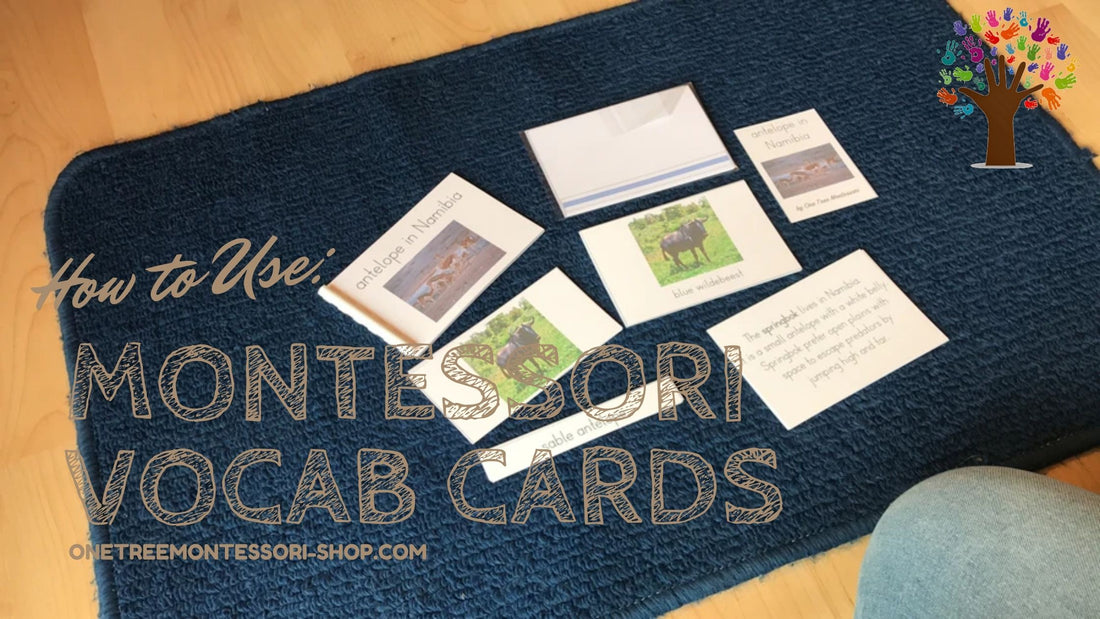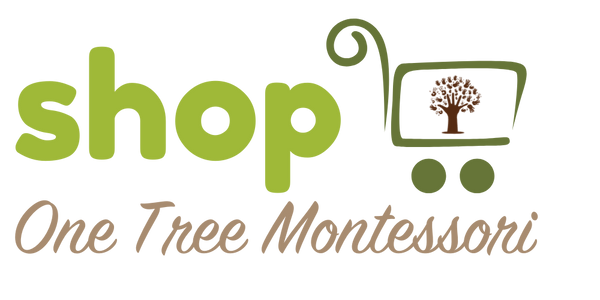
Vocabulary Cards
Share
What Are Vocabulary Cards?
Most people know 3-Part Cards when it comes to Montessori. Matching cards with labels underneath. Sometimes they come with text cards or booklets (ours have all those!), and they can cover any topic you can think of.
We came up with the term vocabulary cards to better describe 3-Part Cards (because not all sets have only three parts) and to include classified, nomenclature and discussion cards. While they all build vocabulary and many other important skills, they focus on different things and work differently.
Note that they are not meant to help children learn all the items off by heart. Rather, they're supposed to spark the children's interest and provide just enough information to make them curious for more.
3- (4-, 5-) Part Cards
Made up of nomenclature and classified cards, 3-Part Cards consist of at least a control (picture & label), picture and label card - hence the name! Some sets have an extra text card, some a control booklet. If you watch our video, you'll see why our printables have all five parts!
Our card sets also usually have ten items (indirectly reinforcing the decimal system), which provides a solid learning experience but isn't too challenging to complete. Some, like the flags for each continent, will have more items. Nonetheless, it's a good idea to pick ten at a time and rotate them.
Classified Cards
Classified Cards introduce types of things (like furniture, kitchen items, African animals, etc.). There is no limit to what set of things can be introduced. They're called "classified" because they clearly belong to a single category (and have, therefore, been classified as such).
Nomenclature Cards
Nomenclature Cards introduce parts of things (like the body parts of humans, mammals, invertebrates or parts of a car). Each set has the outline of the object, once fully coloured in, and with the different parts shaded red on the other cards.
While the word "nomenclature" usually refers to any system of names in a special field, we used it for the parts of cards because of its etymology: (from Latin) nomen = name + clature = calling; i.e. calling something by its name.
Discussion Cards
Discussion Cards, while introducing vocabulary, are a little more complex than Classified or Nomenclature Cards. Instead of dealing with only one concept or category, they require the child to sort objects into multiple categories.
While they may look less complicated on account of having only control cards and header labels, it actually requires thorough knowledge of a category to be able to classify things into it.
They're called discussion cards because the items are generally sorted by means of discussing their characteristics. Some examples are land, water, air; living and non-living or healthy and unhealthy foods.
Read our complete presentation write-up here: Vocabulary Cards
